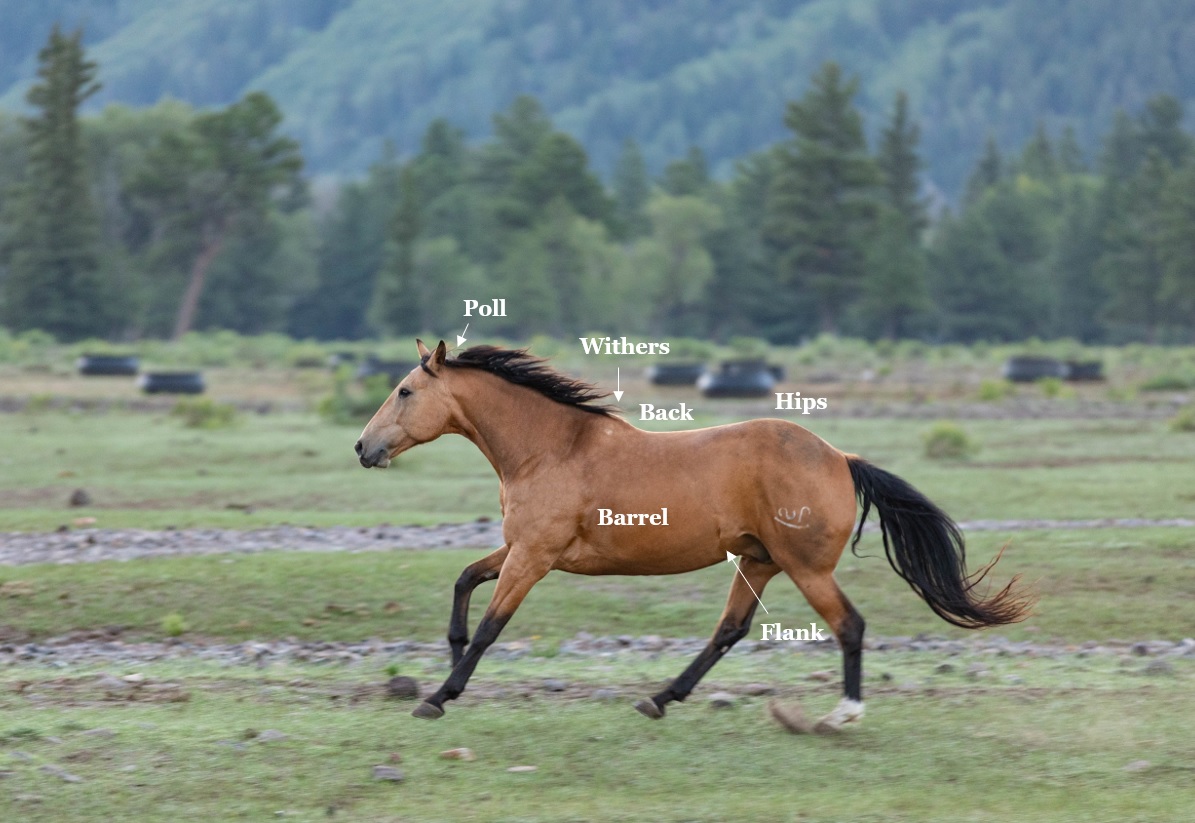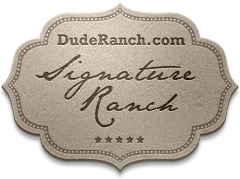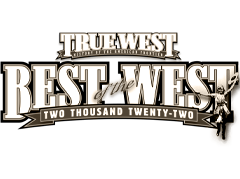Horse Vocabulary & Riding
Continuing to help any of our readers and visitors learn the vernacular around horses and riding, this latest entry covers the basic body parts of a horse that you might hear Jane, David, or any of the wranglers, potentially reference when discussing riding and horsemanship. We always hope that guests leave us with more knowledge each time they ride our trails, or in this case, visit the blog. Below, each word and its relevance to horsemanship will be explained, then at the bottom, San Juan (the beautiful buckskin in the picture), is our reference as to where each body part can be found on the horse.
Poll: Just between the ears, the poll is a pressure point that is used to help teach the premise of many aspects of horsemanship: haltering and leading, bridling, and riding. When riding, we often discuss “the application of pressure of the hands, and the release of that pressure when you get the desired results. For example, when you ask your horse to stop, you pull back until they do so, and then release the pressure on the reins. This is so that they associate the release of pressure with good behavior.
Withers: This is the point at which horses are measured to determine height. The withers are where the horse’s shoulder blades come together, and the saddle sits just behind them. David carefully works to choose pads and saddles for each horse each week that will fit the horse and rider combination the best, allowing for maximum comfort and movement while being ridden. Fitting each horse is important, as each horse is conformationally different, and needs the attention to help prevent soreness.
Back: The horse’s back is one of the most crucial parts of keeping a horse sound, or physically healthy. A saddle that fits improperly or a rider that sits incorrectly can jeopardize their overall comfort, which can be hard to believe, they’re so big! But, as riders, we have an obligation to always be helping our horses: sitting square, or in the middle of the saddle, leaning forward into inclines, back when going downhill, etc. We affect their balance, and can either make their job easier or more difficult, it’s up to us!
Hips: The saddle and pad end before the hip, so as to not affect the horse’s movement. The spine ends with the lumbar vertebrae just before the hips, or hindquarters, so as riders, it’s important to know that the further back we sit, the more likely we are to make that horse sore. Often in Jane’s orientation and amongst conversations with wranglers, we are emphasizing how crucial it is for all of us are riders to be conscious of where we are sitting in the saddle.
Barrel: When riding, our legs are resting on the barrel, or belly, of the horse. This is the area where we ask our horses to go forward, either with a squeeze or gentle kick to indicate forward movement. When our horse is moving forward at the speed desired, our feet are quiet against the barrel of our horse.
Flank: If you’ve ever had the chance to watch a rodeo event, in the bronc riding and bull riding, you’d see that there is a cotton rope tied around the flank of the horse or bull. It’s not very tight (and never tied inhumanely), but it’s ticklish, and they are trying to get rid of the feeling. This is common in many animals of this sort, and it’s why we always remind our riders to never put their feet back into the flank of a horse. While they will most likely not act like one of the rodeo horses, they still don’t enjoy our feet being there, so we always keep our heels down and feet on the barrel of the horse.













